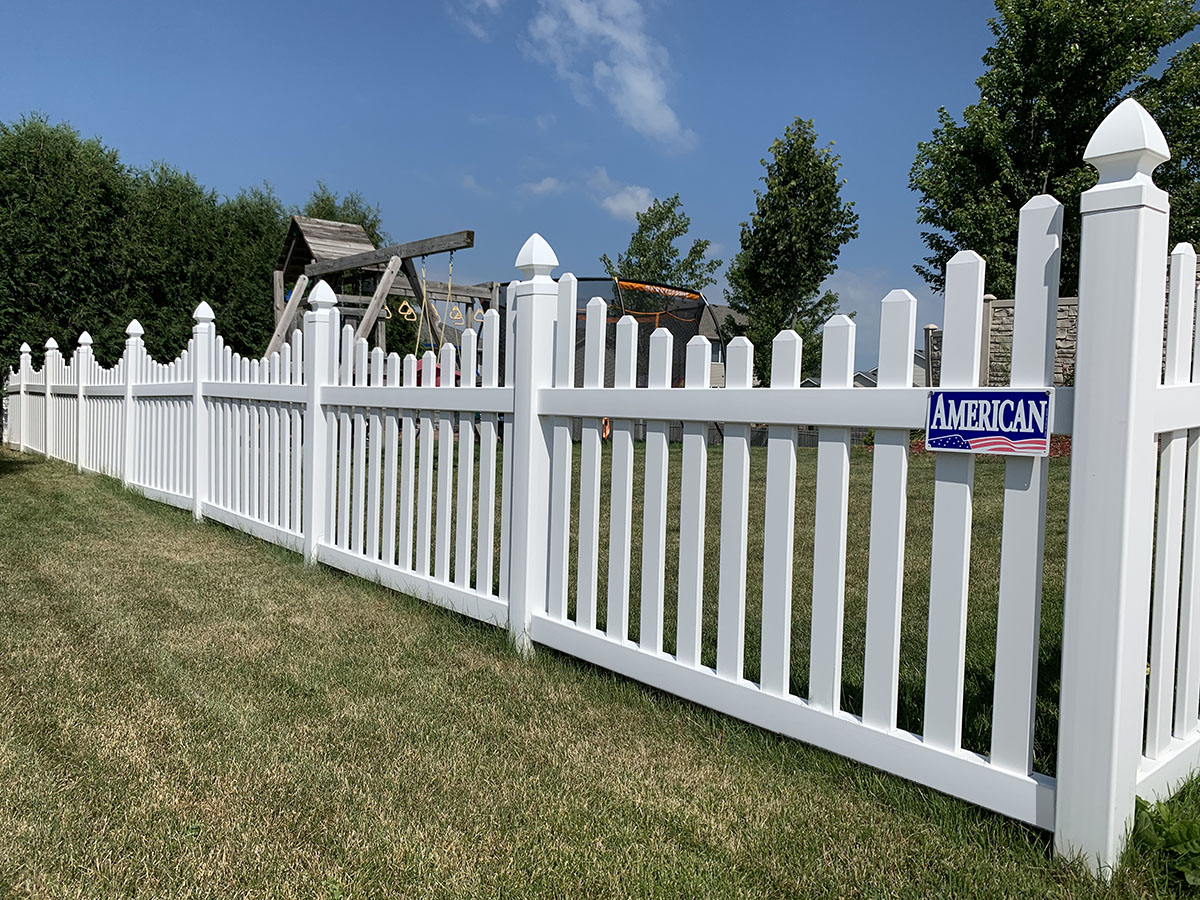All Categories
Featured

As sustainability ends up being a priority for home owners and businesses alike, the need for environment-friendly items, including fence materials, has climbed. Conventional fencing alternatives such as plastic, steel, and timber can have unfavorable environmental effects, but there are now a number of eco-conscious alternatives to take into consideration. Selecting environment-friendly fencing materials not just helps in reducing your carbon impact yet likewise adds to an extra all-natural and lasting setting.
- Bamboo Secure fencing. Bamboo is one of the most environmentally friendly secure fencing options readily available. Unlike conventional woods, bamboo can be collected in a couple of years and grows back promptly, making it a sustainable selection for fencing.
Benefits: Bamboo is fast-growing, lightweight, and lasting. It requires fewer fertilizers and pesticides compared to various other plants, making it a low-maintenance option. Factors to consider: While bamboo is durable, it may require regular upkeep to shield it from weathering and all-natural wear. It can also be susceptible to splitting in chillier environments. 2. Recycled Products. Fences made from recycled products are becoming progressively prominent as an environmentally friendly alternative. These fencings are made from post-consumer plastic, redeemed wood, and other recycled materials, keeping waste out of land fills. Utilizing recycled products decreases the demand for new raw sources, decreasing ecological deterioration.

Conveniences: These fences help in reducing waste and conserve all-natural sources. They are additionally typically low-maintenance and long-lasting. Considerations: While recycled fences can be sturdy, the visual appeals may not constantly match traditional fencing choices. Nonetheless, many designs are currently readily available that mimic the look of timber or rock. 3. Compound Fencing. Compound secure fencing is made from a combination of recycled timber fibers and plastic, using the look of wood without the environmental impact. Several composite fencings are made from recycled web content, more improving their eco-friendly status. These fencings are lasting, call for marginal upkeep, and do not need to be treated with harmful chemicals like standard timber fencings.
Conveniences: Compound fencings are sturdy, resistant to rot, and need little maintenance. They additionally give a comparable aesthetic to timber without deforestation problems. Factors to consider: While they are low-maintenance, composite fencings may be extra costly than traditional wood or plastic choices. The production process can also be energy-intensive. 4. Cedar and Redwood Fencing. Cedar and redwood are all-natural timber products that are usually taken into consideration more eco-friendly contrasted to various other hardwoods. These types of timber are normally resistant to degeneration, pests, and wetness, which minimizes the need for chemical therapies. Furthermore, these trees are grown in lasting forests, ensuring that they are harvested sensibly.
Conveniences: Cedar and redwood are both sturdy and normally attractive products. They supply all-natural resistance to insects and rot, which helps reduce the demand for chemical therapies. Considerations: These timbers can be extra pricey than other choices. They additionally require periodic maintenance, such as tarnishing or sealing, to guarantee longevity. 5. Living Fences (Hedges and Bushes) Living fences, made from bushes, trees, or bushes, are an environment-friendly option that likewise supplies natural privacy and visual allure. Plants such as privet, boxwood, bamboo, and arborvitae are generally made use of for developing thick, environment-friendly fences. These living barriers aid with noise reduction, boost air high quality, and supply habitat for neighborhood wild animals.
Conveniences: Living fencings advertise biodiversity, boost air high quality, and improve the visual allure of your home. They likewise absorb co2 and add to a greener atmosphere. Considerations: Living fencings need upkeep, such as pruning and watering, to guarantee they grow effectively. They might not give the exact same level of security as conventional fencing products. 6. Rock and Reclaimed Block Fence. Rock and redeemed brick fencings are one more eco-friendly option. These products are long lasting, call for minimal maintenance, and have a long life expectancy. When recovered from old buildings or frameworks, they aid decrease the demand for new products and protect against waste from getting in garbage dumps.
Benefits: Stone and block are sturdy, weather-resistant, and give an ageless, traditional aesthetic. Redeemed products likewise have a minimal environmental impact. Considerations: The installment of stone and brick fences can be labor-intensive, and the materials may be more pricey than various other options. Nevertheless, the long-term longevity and low upkeep costs can make them a beneficial financial investment. Conclusion. Selecting an eco-friendly fence product is a smart means to reduce your environmental influence while enhancing your home's personal privacy and aesthetic appeal. Bamboo, recycled products, composite secure fencing, and living fencings all offer lasting choices that decrease waste, preserve sources, and advertise a greener lifestyle.
By selecting one of these green fence alternatives, you add to the protection of the setting while producing a beautiful, practical exterior area. The right product will depend on your preferences, climate, and the degree of maintenance you're ready to provide, yet felt confident that there are numerous eco-conscious choices that line up with your sustainable way of living.
Latest Posts
Idaho’s Leading Fence Experts - Durable Ranch Fence Solutions.
Published Jan 20, 25
1 min read
Expert Chain Link Fence Services - Quality Fence Services by Idaho Fence.
Published Jan 20, 25
1 min read
Furnishings Styles Guide
Published Jan 20, 25
0 min read